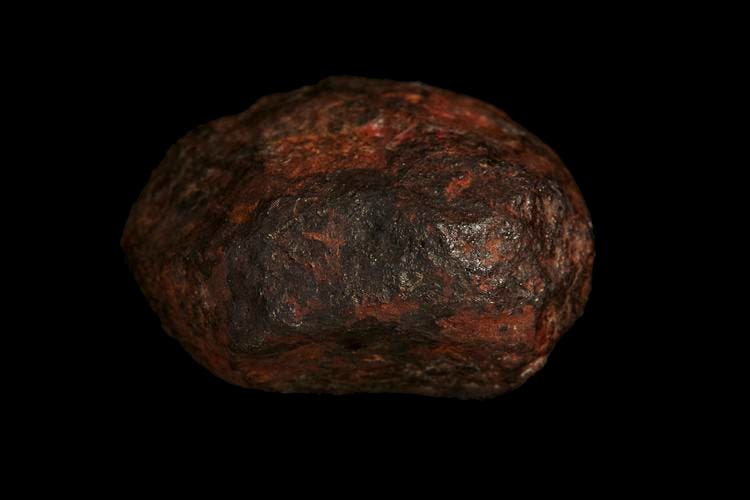Working on a meteorite first discovered in 1951, a group of researchers has now found a rare form of an iron-carbide mineral never before seen in nature. The finding is the key prerequisite for the new mineral to later be officially recognized as such by the International Mineralogical Association (IMA).

The Wedderburn meteorite was found in a small town with the same name in Australia. Researchers have been working on it for decades to figure out the secrets behind it. Now, a group lead by mineralogist Chi Ma has decoded another one with the new mineral.
Only a third of the original meteorite remains intact at the Museum Victoria in Australia. The rest was divided into a series of slices and used to analyze the content of the meteorite. The analysis showed traces of gold and iron, as well as other rare minerals such as kamacite, taenite and troilite.
Now we can add a new mineral to that list, known as ‘edscottite’ in honor of meteorite expert and cosmochemist Edward Scott from the University of Hawaii. It’s a significant discovery as never before researchers had been able to confirm that this atomic formulation of iron carbide mineral occurs naturally. Previously, only the synthetic form of the iron carbide mineral was known.
“We have discovered 500,000 to 600,000 minerals in the lab, but fewer than 6,000 that nature’s done itself,” Museums Victoria senior curator of geosciences Stuart Mills, who wasn’t involved with the new study, told The Age.
There’s not much clarity yet on how the natural edscottite ended up outside of Wedderburn in Australia. But the first theories are already available. Planetary scientists Geoffrey Bonning, a researcher at Australian National University, believes the mineral could have formed in the core of an ancient planet.
A long time ago, this planet could have produced a big cosmic collision that involved another planet or moon or asteroid. The blast would have led to fragmented parts of the world travel across time and space, according to Boning. This would explain the finding of the fragment in Wedderburn.
The findings were published in American Mineralogist, part of the Journal of Earth and Planetary Materials.


